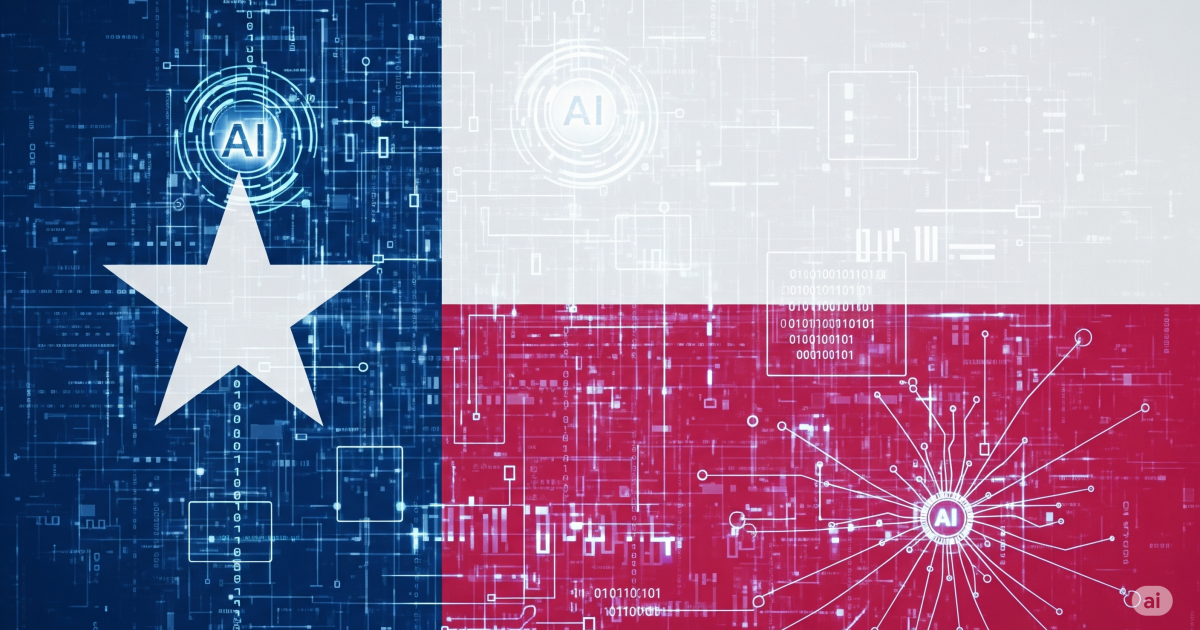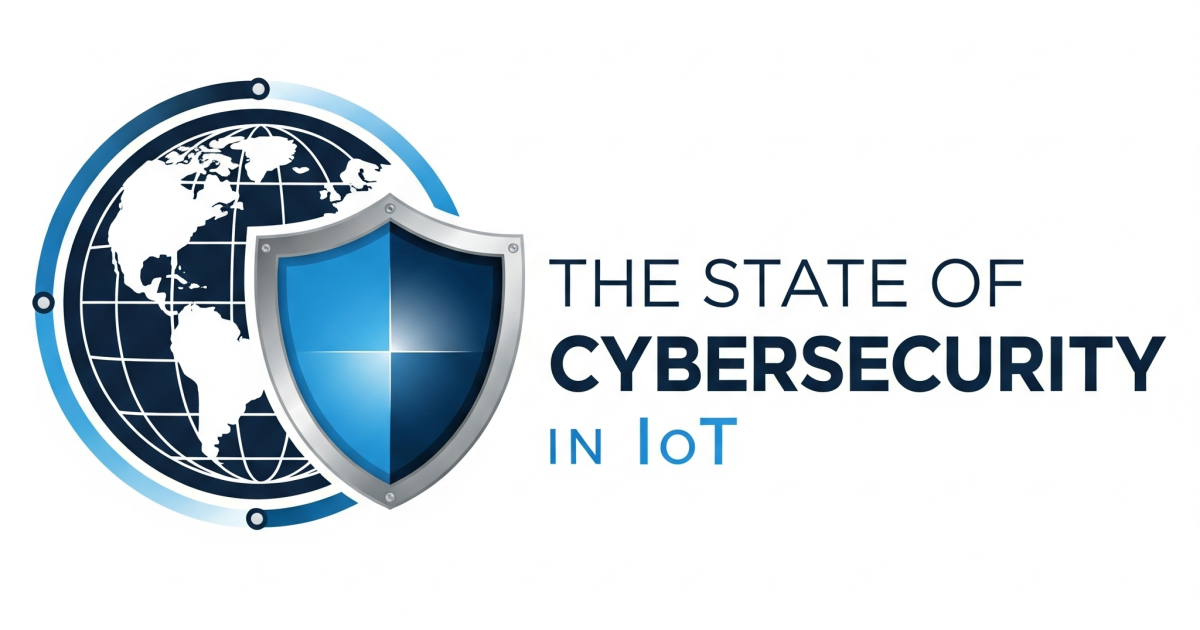
The rapid and recent rise of digitalization has brought with it a myriad of technologies with the potential to revolutionize not only the way we work, but the way we live our everyday lives as well. Among the technologies, one that truly stands out in terms of potential is the Internet of Things (IoT), and its associated networks and devices. Having quickly become a significant frontier that has improved almost all activities in our lives, IoT refers to the billions of physical devices around the world that are now connected to the internet, all collecting and sharing data.
IoT technologies have already given rise to several landmark applications in sectors as diverse as smart cities, smart homes, connected cars, and e-health. Thanks to this plethora of use cases, the technology is growing rapidly, with the market projected to grow from USD 381.30 billion in 2021 to USD 1,854.76 billion in 2028 at a CAGR of 25.4 percent in the 2021-2028 period.
While the swift growth of IoT can most certainly be attributed to the vast benefits the technology can offer across a variety of industries, is also due in part to the innovation of technologies that make setting up IoT applications and leveraging IoT data simpler for all. The most notable of these IoT technologies is LoRaWAN.
LoRaWAN is a low-power, wide area networking protocol built on top of the LoRa radio modulation technique. It wirelessly connects devices to the internet and manages communication between end-node devices and network gateways. The main benefits of LoRaWAN are low range, low power and low-cost connectivity, and for IoT solutions deployed at scale, this helps lower the cost of device deployment and management. LoRaWAN also helps extend the battery life of IoT devices, improving efficiency, and once again driving down costs.
With digitalization only intensifying, LoRaWAN is expected to flourish in the new digital age. The LoRaWAN Devices Market size is projected to reach $6.2 billion by 2026, and it is estimated to grow at a CAGR 36.5 percent from now until then. The growth comes as no surprise, as with more organizations beginning to evaluate IoT technologies, more are choosing LoRaWAN because of its performance characteristics and operational cost profile.
This week, Senet, Inc., a leading provider of cloud-based software and services platforms that enable global connectivity and on-demand network build-outs for the Internet of Things (IoT), and the Helium Network, the world’s largest decentralized wireless network, announced an expansion of their roaming integration to include Helium-compatible Hotspots deployed globally. This global expansion follows a previously completed network integration for US customers and the delivery of integrated network mapping and planning tools designed to simplify the rollout of IoT solutions.
Available today, Senet’s Extended Coverage Services now include global LoRaWAN network connectivity delivered by more than 720,000 Helium-compatible hotspots in over 55,000 cities and 170 countries. This represents a nearly 30-fold increase in cities covered by Senet's network and supported by the Senet network management system.
The Helium Network broadens coverage in areas where Senet has already deployed carrier-grade networks and provides access to LoRaWAN network connectivity for enterprise and consumer-grade devices where Senet has not yet deployed carrier-grade services. As new hotspots are added to the global Helium Network, they will automatically contribute to Senet’s network coverage at no additional cost to customers.
The companies have identified utilities, asset tracking, enterprise, and a variety of smart city markets and applications as the beneficiaries of the expanded coverage and robust network and device management provided by Senet. The global aspect of this expanded coverage will benefit two key markets, with asset tracking and transportation/logistics supported by the ability for goods to be tracked globally in transit.
“Expanding Senet’s integration with the Helium Network is an example of our combined interest in delivering LoRaWAN coverage at a global scale for the widest range of use cases,” said Bruce Chatterley, CEO of Senet. “The growth of the Helium Network has been explosive and as solution deployments grow in scale, robust network and device management services are becoming increasingly important. Through our Extended Coverage and managed services on-ramp to the Helium Network, solution providers benefit from greater coverage and consistency in operational service which are vital to success.”
For solution providers deploying commercial applications at scale, Senet now provides a carrier grade on-ramp to the Helium Network. Through a full suite of cloud-based services, solution providers partnered with Senet can onboard and operate their IoT devices using Helium-compatible hotspots while benefiting from Senet’s world-class managed network services and superior customer support.
These services include application management through an intuitive user portal or APIs, simplified billing in US dollars, centralized device control and reporting, network monitoring and management, customer-specific network mapping and system health tools, and many more.
With this global network integration, Senet has now also enhanced its network planning and coverage visualization tools. New features unique to Senet’s integration with the Helium Network include global and integrated display of Senet and the Helium Network’s public network coverage from a dynamically updated map. It also provides interactive capabilities, including zip code search and zoom functionality, allowing users to view coverage available at any location.
Finally, thanks to the partnership, through the click of a mouse, Senet customers can “drop a pin” on a network planning map resulting in the display of path quality to that location from the Senet network and the number of Helium-compatible gateways in proximity to that location.
“Senet has been a trailblazer in innovating around LoRaWAN service delivery, and they continue to drive market adoption of low power wide area networks for large scale commercial applications,” said Scott Sigel, COO of the Helium Foundation. “With our expanded network integration and Senet’s managed services approach to onboarding and supporting solution providers, we look forward to entering more markets, faster and with more opportunity for scale.”
Explore the disruption and opportunity IoT is creating at IoT Evolution Expo in Ft. Lauderdale, Florida, June 21-24, 2022, part of the #TECHSUPERSHOW experience. Plus, discover advances in edge computing, machine learning and AI; and understand the role these technologies play in ushering in the new age of digital transformation. Participate in more than 100 business and technology conference sessions, workshops and keynotes, meet key suppliers in the exhibit hall, and network with prospective partners and customers during the many networking and other special events during the week.
Edited by
Erik Linask





